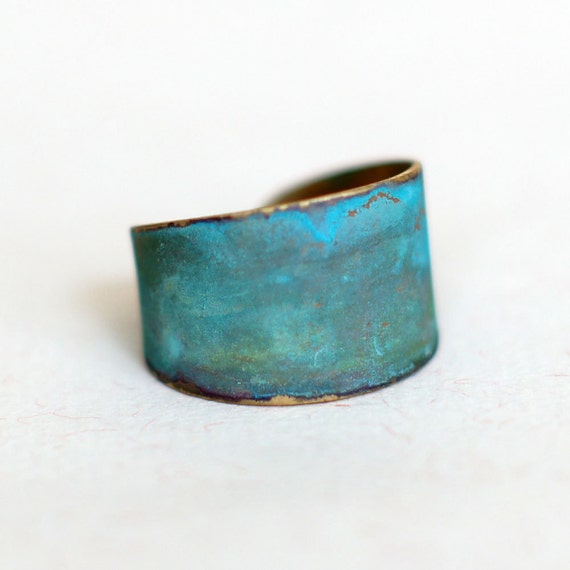
Step 4: Mix it up! You’ve just made your first DIY Patina Mix! Yay! Step 3: Add 1/2 Tablespoon – Light Green Craft Paint. Step 2: Add 2 Tablespoons of Aleene’s Tacky Glue. Step 1: Add 4 Tablespoons of Joint Compound to your container, then Mix in 3 Tablespoons of fine sand.
Mix patina green and corinth blue how to#
How to create DIY Patina Paint Mixes! #1 – Light Green Patina Paint Mix

If you’re using smaller jars, just mix the DIY Patina Mixes in a bowl, and then transfer into your jars! Just keep the ingredient proportions the same, no matter how much or how little you choose to make! Also, since I’ve chosen to work in larger quantities, I’ve chosen larger jars…this means that the mixture can be created easily within the jar, rather than having to mix in separate containers. Note: For this demonstration, I decided to make larger quantities – so the measurements are a bit different than the DIY Rust Pastes. Note: scrape and wipe as much of the mixtures off of your tools and hands as possible, and dispose in the garbage prior to washing up- we don’t want these goopy mixtures to go down the drain!

In conclusion a critical examination is made of the statement of Pausanias about the treatment of the bronze of Corinth in the water of the Fountain Peirene. This explanation fully accounts for the formation of the various compounds found in the corrosion products. From the various observed facts and the general electrolytic theory of corrosion a detailed explanation is given of the probable course of the chemical changes which occurred during the corrosion of bronze at Corinth. Photomicrographs of typical structures were taken, and some of these are shown on the Plates.

In order to obtain information on the mechanism of the corrosive action, a detailed microscopic examination was made of the metallic core and patina of one of the objects. Experiments in which a clean fragment of ancient Corinthian bronze was exposed to the action of chloride solutions under various conditions confirmed the hypothesis that soluble chlorides, as well as the composition of the metal, were responsible for the very poor state of preservation of the objects. That the water and soil at Corinth contain an unusually high proportion of soluble chlorides is indicated by the presence of an unusually high proportion of chloride ion in the water of the Fountain Peirene.

The other was that basic cupric chloride was present in noticeable quantity in the corrosion products of these objects, an indication that the soil conditions at the site were unfavorable for the preservation of bronze. One was that the metal of all such objects originally contained a high proportion of tin and little or no lead, a type of metal likely to become highly corroded under natural conditions. Two especially significant facts were thus discovered. In an effort to determine why bronze objects found at the site of ancient Corinth are almost invariably in a very poor state of preservation chemical analyses were made of several typical objects.


 0 kommentar(er)
0 kommentar(er)
